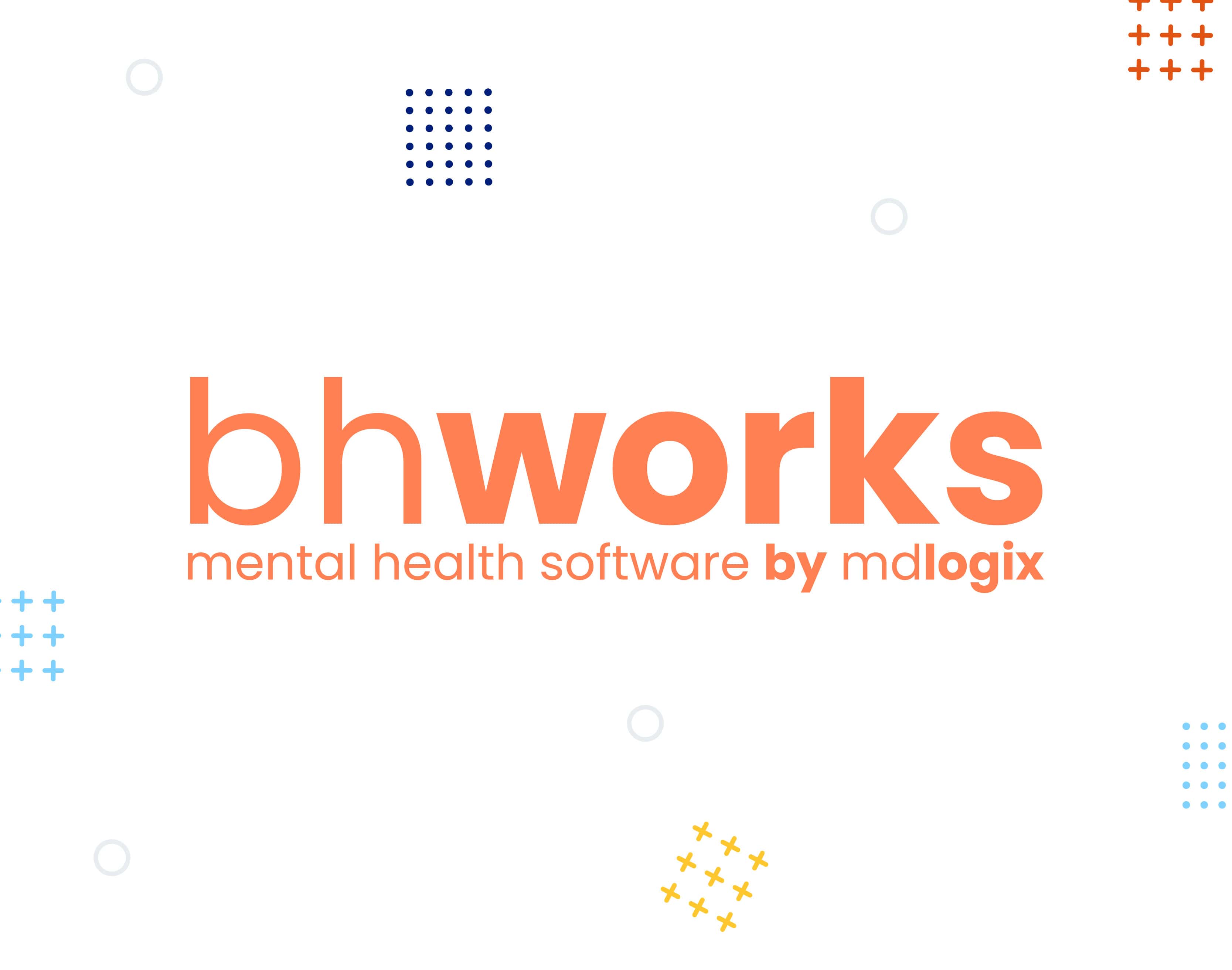Hempfield Students Return to School with Universal Screening for Mental Health
When the sixth to 12th grade students in the Hempfield School District (HSD) returned to school Aug. 24 following the COVID pandemic, its school counseling staff had just finished expanding their ability to identify and manage student mental health needs.
The District is screening more students than ever before, and it re-formatted their Student Assistance Program (SAP) and Multi-tiered System of Support (MTSS) at every level. The screened students are being connected with a range of supports and services of varying intensity to meet the range of needs they may present with.
“Understanding student mental health, the behavioral health screen, and talking about early identification and early intervention, that was always an easy conversation with our board,” said Stephen Sharp, the District’s K-12 school counselor coordinator and the Landisville Middle School Grade 8 school counselor. He was named Middle School Counselor of the Year by the Pennsylvania School Counselors Association in 2017-2018.
The District is near Lancaster, Pa., home of the Pennsylvania Dutch (German) and Amish Mennonite groups and situated southeast of Harrisburg, the capital of the state. There are 10 public schools serving 6,800 students.
For years they have been addressing the student mental health needs targeted at eighth and 10th graders. Hempfield previously used the Columbia University TeenScreen Program, a national mental health and suicide risk screening initiative for middle- and high-school age adolescents, before the program ended in 2012.
“Those identified with active suicide ideation was pretty consistent, at about 4 percent,” Steve explained. “With that being said, anxiety or stress was growing at a pace that was concerning, 30-34%; consistent with state and national data and pre-pandemic.”
Two Options for Screening.
The District now has in-person schooling, with an online option which existed pre- pandemic for those in need. Screening for sixth – 12th grade students will start at the end of September to allow referral seats to get caught up from the summer, before the next set of youth are identified. As for parental consent, it is currently opt in, but the District is aiming to transition to a passive permission.
“The staff choose between two different screening event models,” Steve said. “One is a cohort model when counselors do screenings over a 3-week period and the other is a large group screening done all in one swoop.” Most choose the large group screening.
Screening is done once during the school year, but Steve would like to do it more often, continuing to monitor and track trends.
Uninsured and Limited
Like many other school districts, one of the biggest barriers is insurance coverage for minorities and access to care. Once the students are identified with needs, the challenge is getting the care and paying for it.
“Referral volume is absolutely one of the key pieces we need to fix,” Steve said. “We haven’t been able to meet the need as we try to support and mitigate the problems students are having. In a recent study, in partnership with a local university, we found over 36% of behavioral health providers either waitlist or are not taking new patients throughout May. We’re concerned this will carry throughout the 21-22 school year. It’s definitely strained.”
It’s an ongoing challenge they are working to address. The District has a unique partnership with its community behavioral health agency to streamline its outpatient therapy. “We’ve worked hard to identify the range of services they offer, and allow the school staff, in partnership with families, refer directly to school-based therapy, outpatient therapies, psychiatric services, and more,” Steve described.
bhworks Software Platform
HSD has been using bhworks, a comprehensive, validated software platform with its Behavioral Health Screen (BHS), for several years now.
“The biggest thing for me as I talk with my staff is that with a reasonable investment of time, we have the ability to do the scheduling; we understand and control the data; we read the screening reports; we control the workflow; and we have an alignment in the communication with necessary staff,” Steve pointed out. “I like that. That component is working, and we now have more time to concentrate on connecting the identified students to the services they need.”
Editor’s Note: Steve Sharp can be reached at stephen_sharp@hempfieldsd.org to discuss his experience with other school districts.
Relevant posts
Related Posts

We R H.O.P.E chooses BH-Works behavioral health software for Vermont public schools and one New Hampshire school

Michigan Schools Adopt New Software to Expand Mental Health Services



